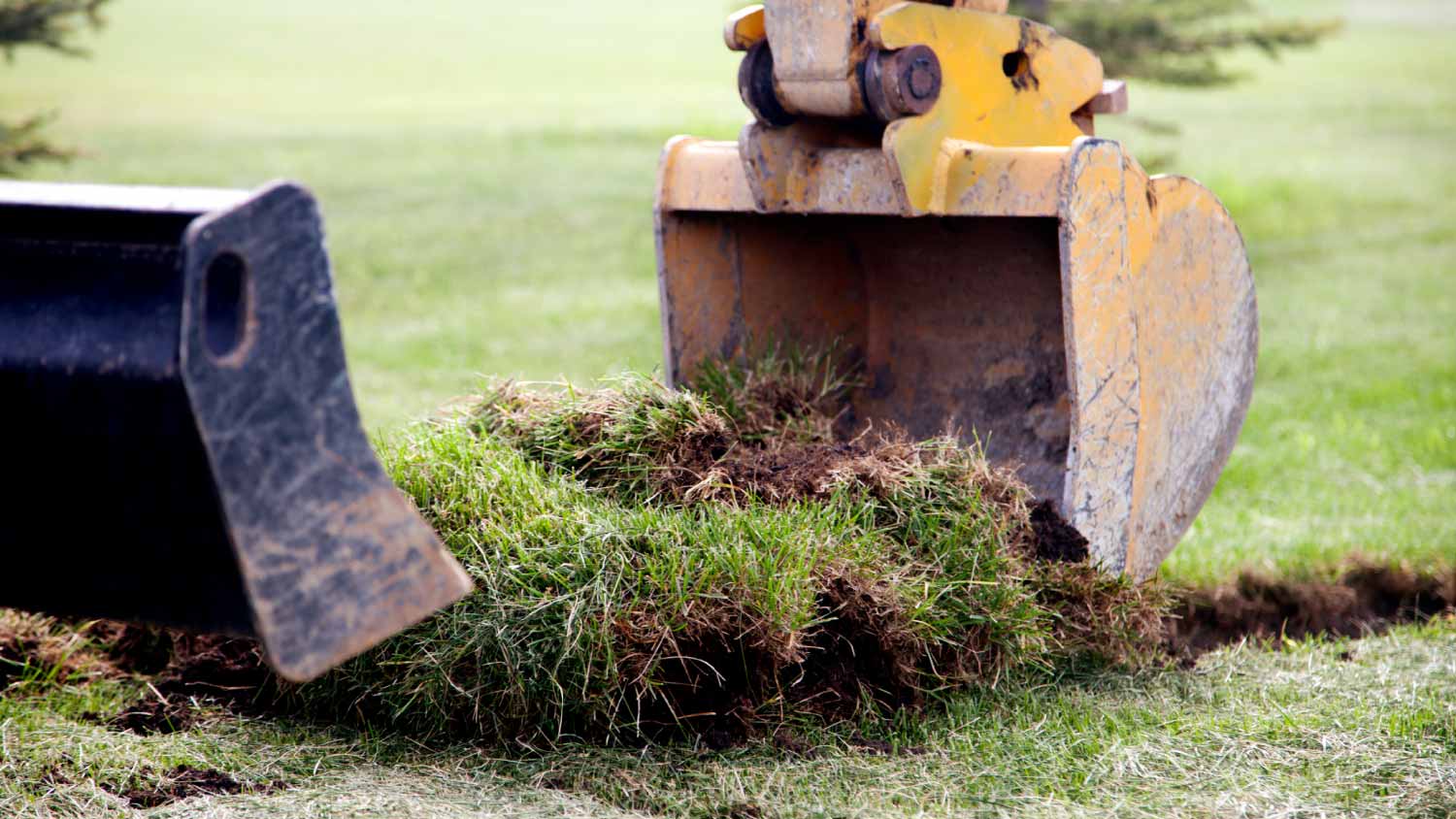
Get matched with top land surveyors in Clay Center, KS
Enter your ZIP and get matched with up to 5 pros
Need a pro for your land surveying project in Clay Center, KS?
Find Land surveyors in Clay Center
No results for Land surveyor in
Try adjusting your search criteria.The Clay Center, KS homeowners’ guide to land surveying services
From average costs to expert advice, get all the answers you need to get your job done.
 •
•Discover site preparation cost estimates, including average prices, cost factors, and tips to help homeowners budget for their next project.

A land survey can determine your property’s borders and settle property disputes. Learn how much a land survey costs and what can affect the price.

Just bought a plot of land and need to get it build-ready? Learn how much it costs to clear land to gauge your initial budget before you break ground.
 •
•Find out how much an elevation certificate costs, including average prices, cost factors, and tips to save money when hiring a surveyor for your property.

Real estate transactions often require a survey, but who pays for it? Learn who pays for a land survey in most cases and some exceptions to the norm.

Wondering whether you need a land survey or a plot plan? Learn about the differences between the two, when to do each, and what information they provide.
- Concrete Repair in Clay Center
- Cleaning in Clay Center
- Tree Service in Clay Center
- Deck Maintenance in Clay Center
- Flooring in Clay Center
- Mailbox Repair in Clay Center
- Electrical in Clay Center
- Windows in Clay Center
- Plumbing in Clay Center
- Painting in Clay Center
- Mold Testing And Remediation in Clay Center
- Leaf Removal in Clay Center
- Garage Doors in Clay Center
- Carpet Cleaning in Clay Center
- Lawn Fertilization And Treatment in Clay Center
- Roofing in Clay Center
- Foundation Repair in Clay Center
- Lawn And Yard Work in Clay Center
- Air Duct Cleaning in Clay Center
- Siding in Clay Center
- Cabinet Makers in Clay Center
- Landscaping in Clay Center
- Stone And Gravel in Clay Center
- Exterior Painting in Clay Center
- Epoxy Flooring in Clay Center
- Septic Tank in Clay Center
- Mulch And Topsoil in Clay Center
- Plumbing in Clay Center
- Roofing in Clay Center
- Kitchen And Bath Remodeling in Clay Center
- 🌱 "Mow a small front yard"
- 🛠 "Fix a leaking pipe under the sink"
- 🏠 "Repair shingles on an asphalt roof"